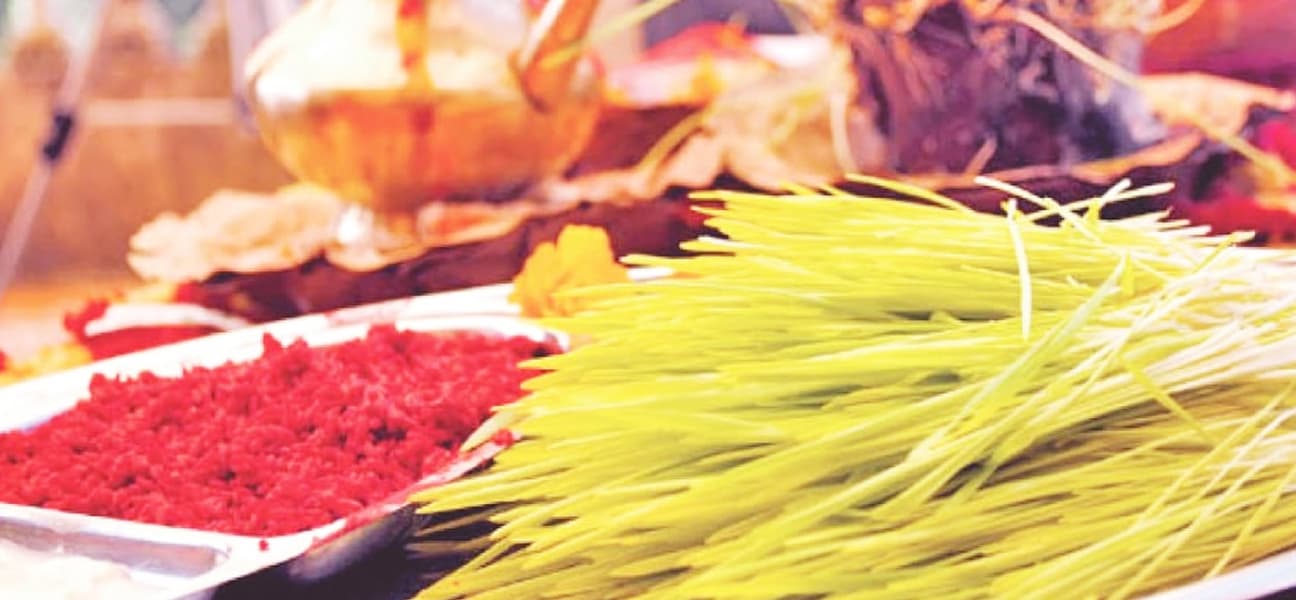Dashain: Nepal's Festival of Victory, Family, and Renewal
Introduction
Dashain (also called Bada Dashain, Vijaya Dashami, Navaratri in some contexts) is Nepal’s biggest and most significant festival. For about fifteen days every autumn, Nepal comes alive with ritual, family reunions, feasting, and traditions that date back centuries. More than just a religious celebration, Dashain is deeply woven into Nepali culture, marking time, identity, community, and spiritual renewal.
Mythology and Symbolism: What Dashain Represents
Dashain is primarily a Hindu festival, centered around the theme of Shakti (power, divine feminine energy) and her victory over evil. The goddess Durga, in her many forms, is worshipped as a symbol of strength, protection, and righteousness. She battles demons (like Mahishasura) and negative forces, representing the triumph of good over evil.
Symbolically:
- The planting of Jamara (sprouted barley / cereals) from the first day embodies fertility, renewal, and hope.
- The Kalash (holy vessel) is a consecrated container, often filled with holy water, covered with cow dung, decorated, and treated as the symbol or abode of the goddess.
- Tika and Jamara given by elders to younger family members are not just ritual; they reaffirm bonds, convey blessings (health, prosperity, long life), and connect generations.
- Animal sacrifice in many communities signifies offering the primal, the material, to the divine — it also has a symbolic dimension of sacrifice of ego, or sacrifice of the material to protect the spiritual, though this symbolism is interpreted differently by different people.
So Dashain is not only celebration — it’s also reflection, purification, renewal, and social cohesion.
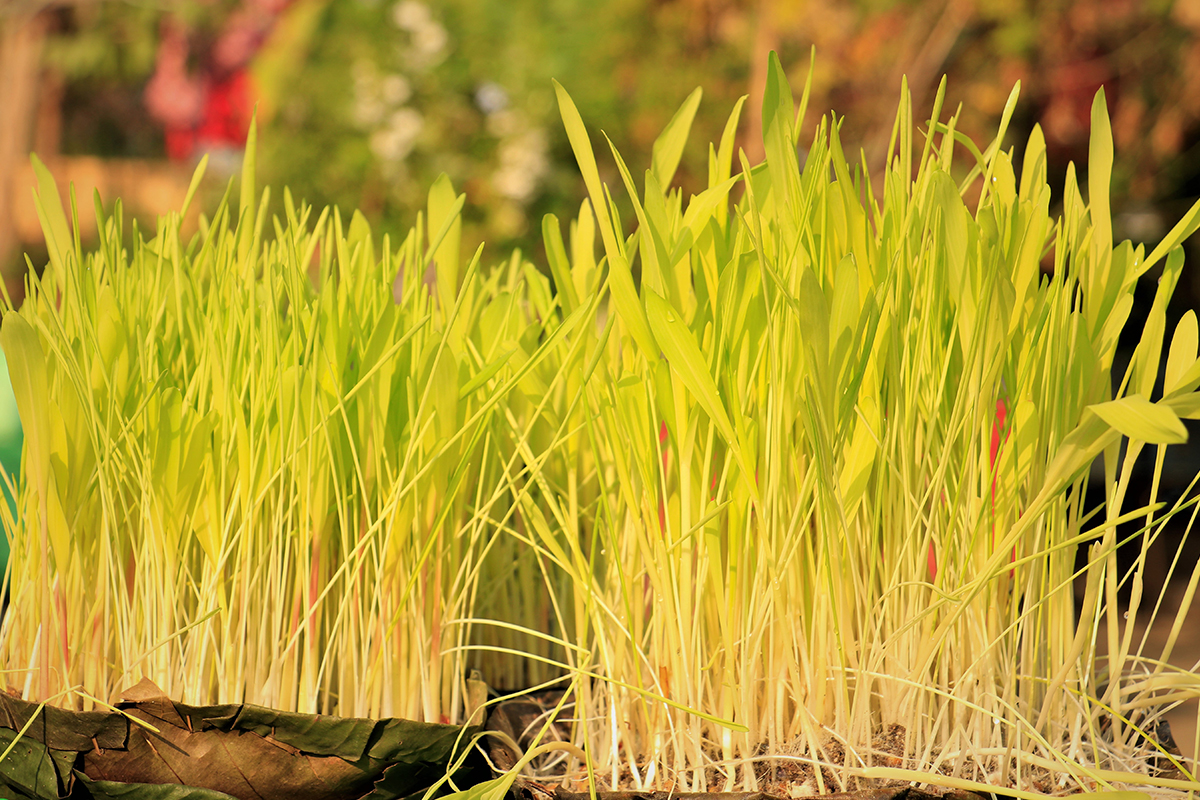
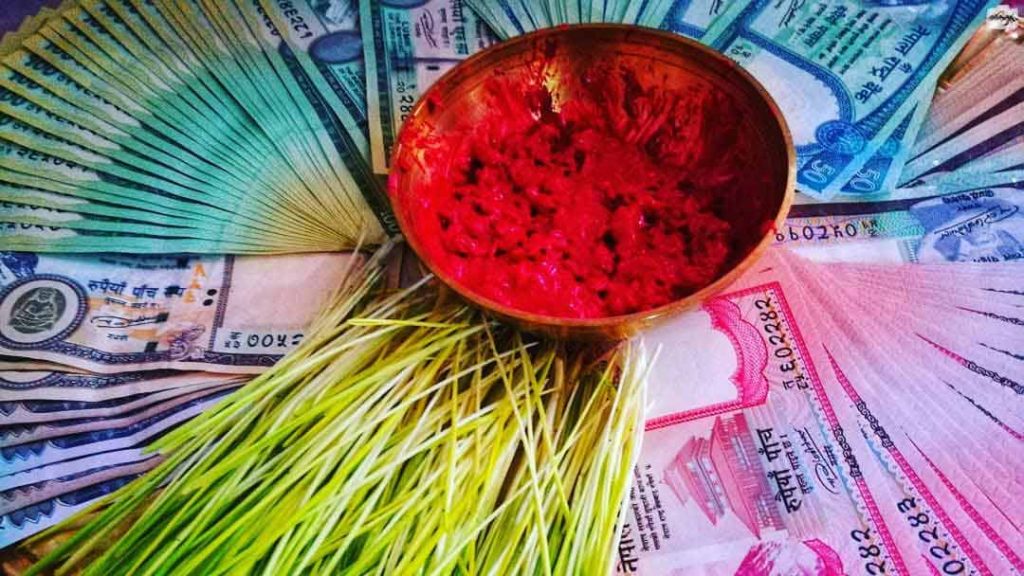
Historical Roots of Dashain
Understanding Dashain’s origin is complicated — like many ancient festivals, its history is multi-layered, merging myth, agrarian cycles, local traditions, and evolving practices.
Some key points:
- The observance of Dashain in Nepal has roots in Hindu scriptures and the worship of the goddess Durga, also connected to the pan-Indian tradition of Navaratri (nine nights).
- The timing of Dashain corresponds with the lunar calendar (the bright half of the month of Ashwin, roughly September–October) — historically this is harvesting time, the end of monsoon, when agricultural communities have reason to rejoice, when food is abundant, travel safer, etc.
- Some historians and local traditions suggest that Dashain (or festival like it) used to be celebrated multiple times a year, or in different seasons, but over time the autumn (Sharadiya) Dashain became dominant given the agricultural cycle.
Thus, Dashain is both ancient and evolving.
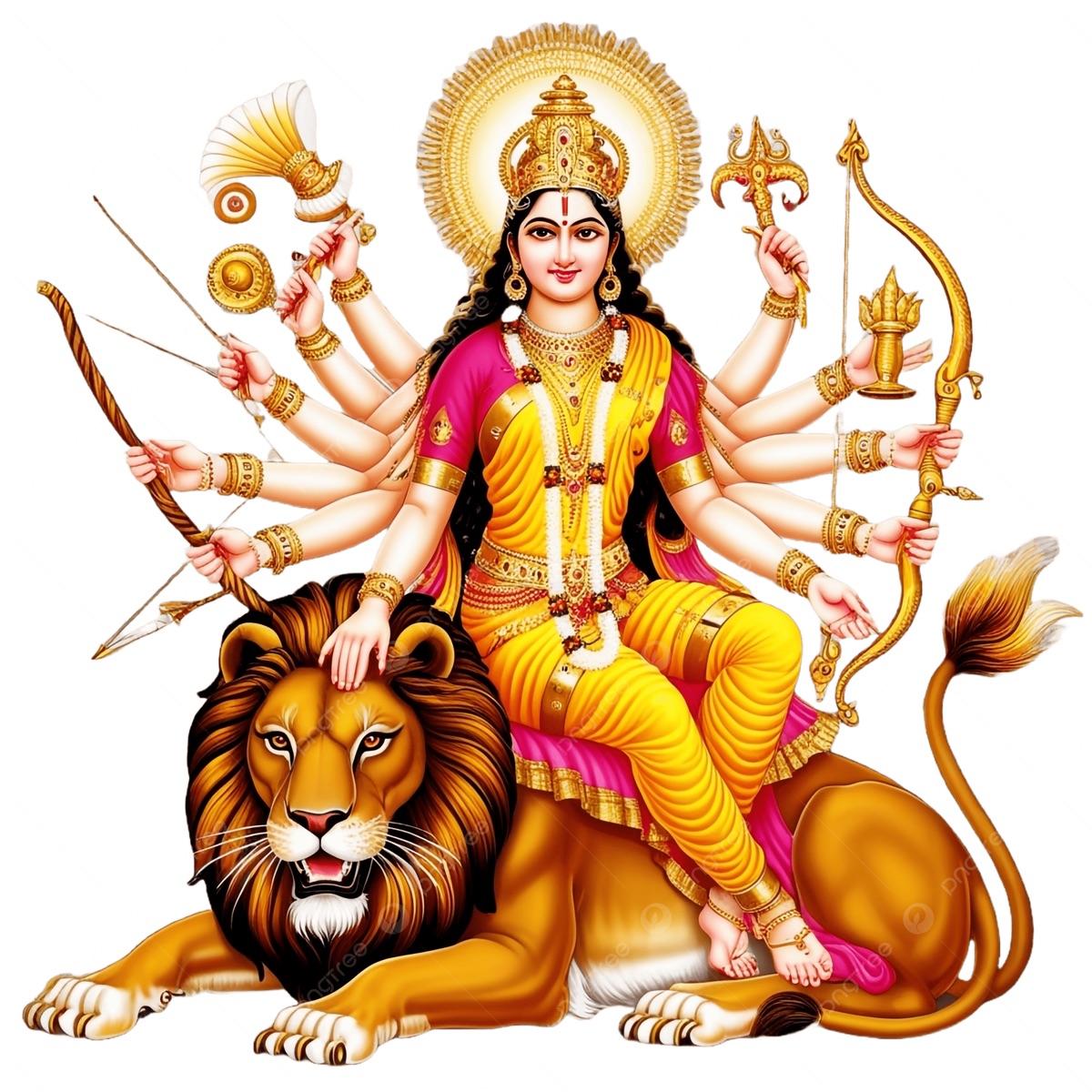
The Fifteen Days: Major Days & Rituals
Dashain lasts about fifteen days, though the central period that is most widely observed is the first ten days, especially from Day 1 (Ghatasthapana) through Day 10 (Vijaya Dashami). After that, some people continue rituals until full moon or Kojagrat Purnima. Here are the key days:
|
Day |
Name & meaning |
Rituals & Significance |
|
Day 1 – Ghatasthapana |
Literally “establishing the pot” |
The Kalash (pot) filled with holy water is placed in a sacred / clean place; seeds (barley, etc.) are sown around it; this becomes Jamara. The Kalash is treated as the goddess’s seat. Cow dung is used to purify surfaces. Puja (worship) begins. |
|
Days 2–6 |
Various forms of Durga are worshipped each day; prayers, offerings, recitation of texts, cleaning of house, preparation. The Jamara are nurtured (kept moist, out of sunlight) so they sprout. |
|
|
Day 7 – Phulpati |
“Flower + plants” |
On this day, jamara, banana stalks, sugarcane, sacred flowers (nine different kinds in some places) are carried in procession. In historic Kathmandu, Phulpati items are brought to Hanuman Dhoka / the royal palace. It symbolizes the arrival of the goddess’s power. |
|
Day 8 – Maha Ashtami |
“Great eighth” |
A central day of worship of Durga in fierce forms (like Kali). Animal sacrifices are common; fasting by many; special pujas in temples and homes. The night (Kal Ratri) is considered powerful, dangerous, mystical. |
|
Day 9 – Maha Navami |
Ninth day |
Worship continues; goddess is honoured; sometimes worship of war deities or tools (Vishwakarma puja), vehicles, tools, etc. Atharva tradition. In some places, Taleju Temple opens only on this day. Sacrifices continue. |
|
Day 10 – Vijaya Dashami |
Victory day (of good over evil) |
The most important day. Elders bless younger ones by applying Tika (a mixture of rice, yogurt/curd, vermillion), placing Jamara on heads, giving money or gifts (Dakshina). Families reunite. Many wears new clothes. Most public holidays, etc., are arranged to allow this. |
|
Days 11–14 |
Short continuation: visiting relatives, giving tika/gifts, feasting, socializing, performing last offerings. Some observe vegetarianism until this time. |
|
|
Day 15 – Kojagrat Purnima |
“Who is awake full moon night” |
Devoted to Goddess Lakshmi (wealth, prosperity). People stay awake, worship Mahalakshmi, hope for her blessings. Then Dashain is said to conclude. |
Traditions, Customs, and Social Practices
Dashain is more than rituals; its customs are what make it vivid, communal, emotional and deeply embedded in everyday life.
Tika, Jamara, Blessings
As mentioned, the Tika ceremony is central on Vijaya Dashami (Day 10). The mix of red vermilion (sindoor), yogurt, rice, etc., is placed on foreheads of younger family members by elders, accompanied by the Jamara. Blessings for long life, prosperity, success are spoken. In many households, money (dakshina) is also given.
This ritual symbolizes respect for elders, unity, familial hierarchy, and spiritual blessings. It is eagerly awaited by children and young people. The atmosphere is festive — new clothes, homes cleaned and decorated, people travelling back home.
Feasting, Food, New Clothes
Food is central. Meat dishes (especially goat, buffalo) are common, particularly following sacrificial rituals. Traditional sweets, seasonal fruits, and special breads like sel roti are prepared. Families gather around meals.
Wearing new clothes is another tradition — people often purchase new garments for Dashain. It isn’t just about appearance; it signals renewal, respect, joy. Markets pick up; sales rise.
Social Gatherings, Homecomings, Gifts
Dashain is a time many people — including those who have migrated for work or education — return to their ancestral homes. It is the major annual travel period in Nepal. Homes that have been quiet become bustling.
Visiting relatives, giving and receiving gifts, strengthening relationships — both familial and communal — are key parts. Tika is also a way to show respect and maintain bonds.
Entertainment: Kites, Swings, Games
Dashain is not all solemn ritual — there is joy, play, color, fun.
- Kite flying: Rooftops and open ground get filled with kites of all shapes and colors. It is seen as a symbol of freedom, reaching the skies, possibly sending messages to gods, and also just pure joyous competition.
- Swings (Linge Ping or bamboo swings): Temporary swings are built in neighbourhoods and villages. Children and adults alike swing, laugh, sometimes compete. There is also symbolic meaning: rising off the ground, letting go, enjoying height, heightening spirits.
- Card games, gambling: Though sometimes controversial or illegal, in many places people play cards or traditional games during Dashain — as a way to relax, socialize, have fun.
Sacrifice
In many Hindu households and temples, animal sacrifice (goats, buffaloes, poultry, etc.) is performed as offering to the goddess (especially on Maha Ashtami, Navami). The meat is shared among family, neighbours; often used in the feast. However, practices vary; some use symbolic or vegetarian offerings.
Worship of Tools, Vehicles, etc.
On certain days (like Navami), in addition to gods and goddesses, people worship their tools, vehicles, implements. The idea is that these objects/tools also have power or help in one’s life — acknowledging them, blessing them, hoping for safety and effectiveness.
Night Vigil: Kojagrat
As Dashain draws to close, Kojagrat Purnima is the full moon night when many stay awake, worship Goddess Lakshmi (goddess of wealth), sing bhajans, share stories, hope for blessings. It’s a peaceful yet energetic closing.
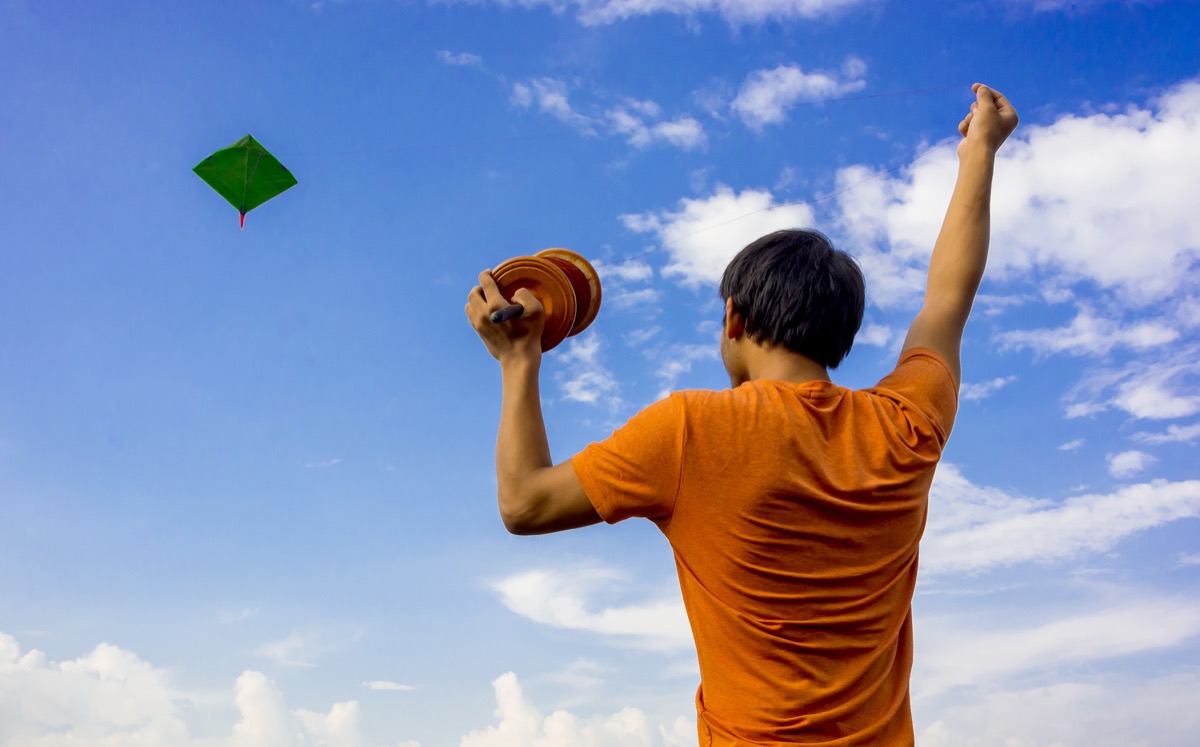
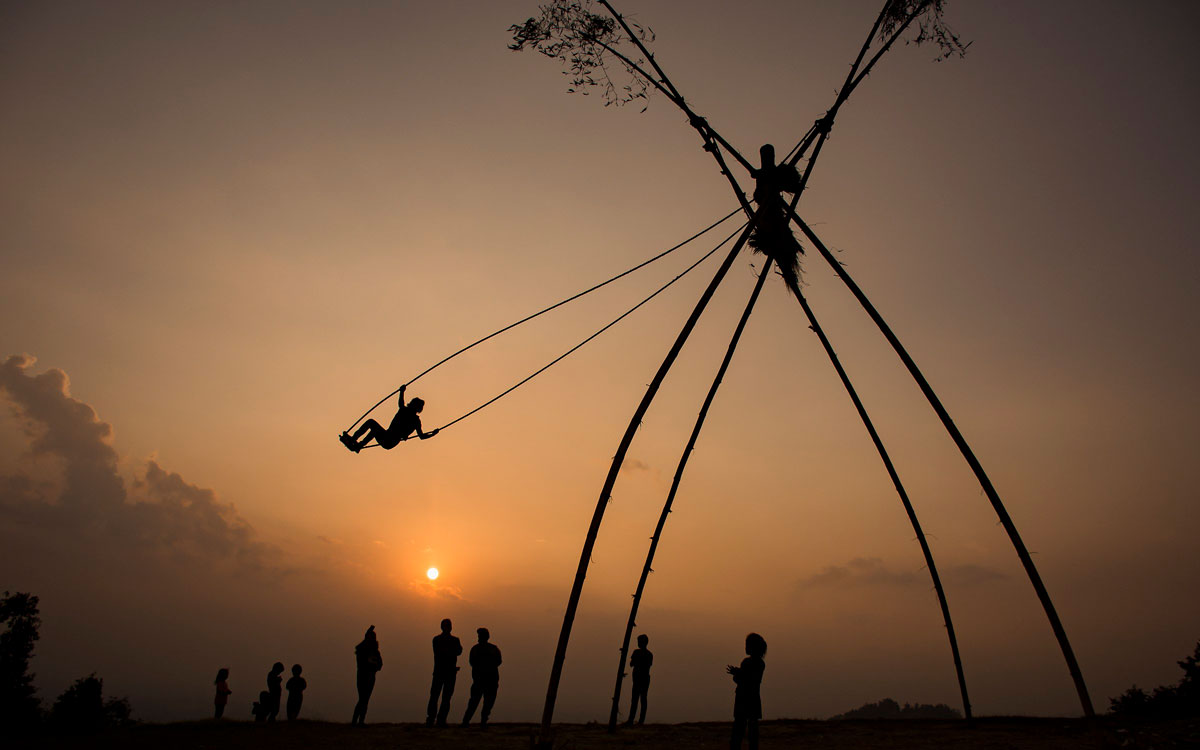
Regional Variations and Special Practices
Nepal is culturally diverse; Dashain is observed with similar core rituals across the country but also with regional/local variations.
- In Kathmandu Valley and among Newar communities, additional rituals like Mwohni are observed: Newar families exchange special tika called Mwohni tika (with kokha, or coloured threads), and combine with the red tika, etc.
- In some remote or mountainous regions, logistics of travel and weather shape how rituals are done; sacrifice may be less, or symbolic offerings more common.
- Urban vs rural differences: in cities, space constraints, changing sensibilities (animal welfare, vegetarianism) lead to modifications in sacrifice; some people skip or adapt it.
- In some communities, specific customs such as worshipping particular local goddess temples, or unique processions, or certain folk dances, chants, or music is prominent.
Cultural, Social, Psychological, Economic Significance
Family & Social Cohesion
Dashain is the biggest single point in the year when many families reunite. People living far away come home. This strengthens bonds, renews family ties. Elderly family members are honored. Grudges are forgiven. It’s a time for reconciliation.
Identity, Continuity, Heritage
Dashain is a marker of Nepali cultural identity. It crosses caste, region, ethnicity (to many), even though practices differ. It’s taught to children; it carries legends, mythology, music, art, ritual. It connects the present with the past. Without Dashain, much cultural continuity would be lost.
Spiritual & Psychological Renewal
The themes of victory over evil, ritual cleansing, blessings from elders, forgiveness — all contribute to psychological refreshment. Homes are cleaned, negative energies (symbolic or real) are set aside, hope renewed.
Economic Impacts
Dashain triggers a boom in markets: clothes, food, decorations, livestock trade (for sacrificial animals), transport (many people travel), tourism in some places. People spend money, sometimes beyond means, but the festive economy is real.
At the same time, it can put financial strain on poorer households, migrants, etc., due to costs of travel, buying new clothes, gifts, etc.
Tourism & Cultural Visibility
For foreigners or Nepalis abroad, Dashain offers deep insight into Nepal’s religious and social fabric. It’s a time when cultural tourism can be meaningful — though care is needed to respect local beliefs, customs, animal sacrifice and sensitivities.
Challenges, Controversies, and Changing Practices
Challenges, Controversies, and Changing Practices
Like any longstanding festival, Dashain faces critiques, changes, and adaptations.
Animal Welfare, Vegetarian Alternative
Some people (especially in cities or younger generations) feel uncomfortable with large-scale animal sacrifices. Concerns include ethics, animal rights, environmental impact. As a result, vegetarian offerings or symbolic substitutes are increasingly used by some.
Urbanization & Space Constraints
In cities, people may lack space for swings, for flying kites, or for large home gatherings. Some traditional practices are harder to maintain. The Jamara may not grow well (due to environmental conditions, lack of appropriate setup).
Cost and Socioeconomic Strain
To many, Dashain is expensive — new clothes, travel, gifts, hosting feasts, sacrificial animals. For those with limited resources, this can be a burden. Many migrant workers feel obliged to contribute or travel home, which may or may not be feasible.
Modern Lifestyles, Diaspora
Nepalis living abroad sometimes celebrate in reduced or adapted form. Some rituals may be skipped; travel expensive; younger people less involved. Also, influence of global culture may change how people see certain traditions (e.g., animal sacrifice, superstition).
Environmental Concerns
Use of plastic, waste from decoration, packaging, animals — disposal issues; pollution from transport; the carbon footprint of mass travel. Also, slaughtering of many animals raises sanitary, ethical, and health concerns.
Changing Religious Sensibilities
Some question or re-interpret the mythologies: is the emphasis on sacrifice necessary, or can the symbolism be preserved with less harm? Also, interfaith or secular perspectives sometimes push for more inclusive versions (less caste-based exclusion, etc.).
Dashain in 2025: What's New / What We Observe
Looking toward 2025 (and recent years), some trends:
- Greater awareness of animal rights is prompting more discussions and some households choosing symbolic or no animal offerings.
- Social media and technology change how Dashain is celebrated: people share photos/videos of tika, Jamara, homecoming; virtual blessings if relatives are abroad.
- Busier, more urban life sometimes compresses rituals; people may not observe all days with equal fervor.
- Environmental consciousness leads to cleaner celebrations: minimizing plastic, disposing of animal remains properly, more emphasis on vegetation, etc.
- Government holidays still accommodate Dashain; often rituals like the Phulpati parade or the Fulpati procession in Kathmandu (when allowed) remain spectacle and ceremony.
Reflection: What Dashain Teaches US
Dashain is not simply a series of rituals — it carries lessons:
- Victory over adversity: The mythic battle of Durga symbolizes the inner battles we all face — of fear, ignorance, ego. Dashain encourages us to confront these, celebrate the good, and believe in renewal.
- Respect, humility, gratitude: Through tika, elders’ blessings, forgiveness, ritual humility.
- Community and togetherness: The sense of extended family, community gatherings, shared meals.
- Balance between tradition and change: While heritage is important, traditions need to adapt with time — for welfare, environment, ethics.
- Hope and renewal: As harvest time (in agrarian context), as monsoon recedes, as nature renews, Dashain aligns with natural cycles. For many, it’s a hopeful period for the coming year.
Tips for Visitors / Foreigners / Nepalese Abroad
If you are not from Nepal, or living abroad but want to experience or honor Dashain:
- Learn about the meanings — understanding rituals helps in appreciating what you see.
- Be respectful — dress modestly when visiting temples; observe local customs around sacrificial rituals.
- Partake in community events — join in feasts, family gatherings (if invited), fly kites, etc.
- Consider vegetarian options — if you feel uneasy about animal sacrifices, many households or temples offer alternatives.
- Travel early / plan ahead — during Dashain transport (buses, flights) and lodging may be expensive and crowded.
Conclusion
Dashain is the festival that, in many ways, defines Nepal. It is a time when myth, community, family, spirituality, joy, and material earthly pleasures — feasting, gifts, fun — all come together. Despite modern challenges, its core remains powerful: the impulse to connect, to renew, to affirm that goodness, love, and family are central in life.
In a fast-changing world, Dashain reminds Nepalis (and those who know about it) that traditions matter — not as rigid rules, but as living practices that shape identity, anchor values, and offer meaning beyond the everyday.
Nepal tour during Dashain festival:
Explore Nepal Tour Nepal View Tour Ghorepani Poon Hill Trek Hindu Pilgrimage Tour Mardi Himal Trek
